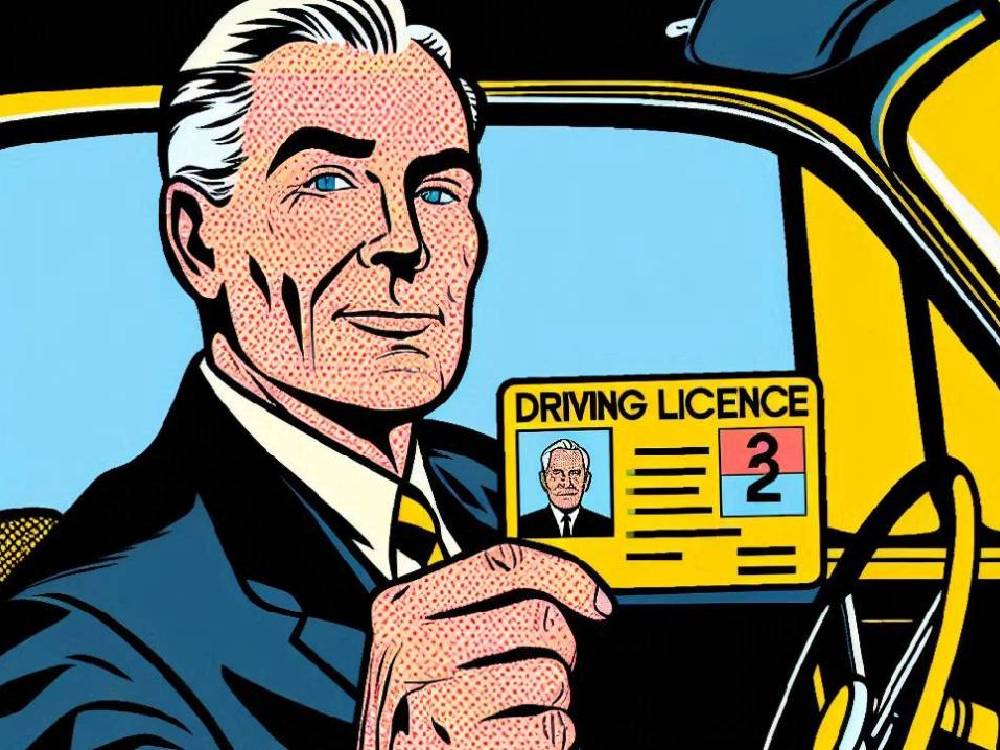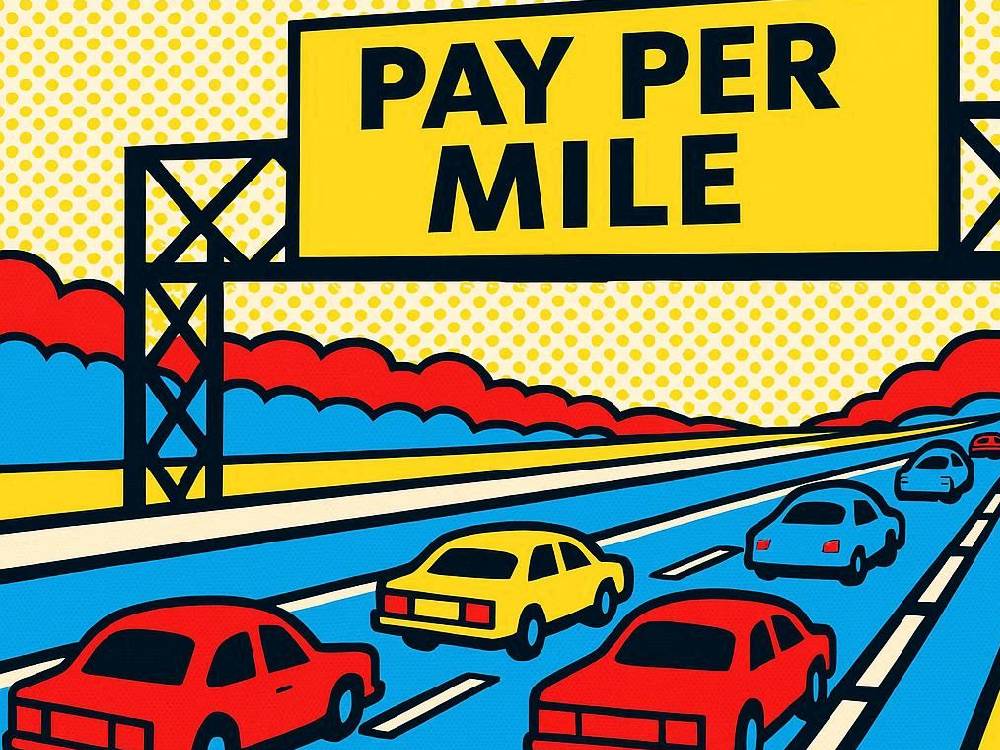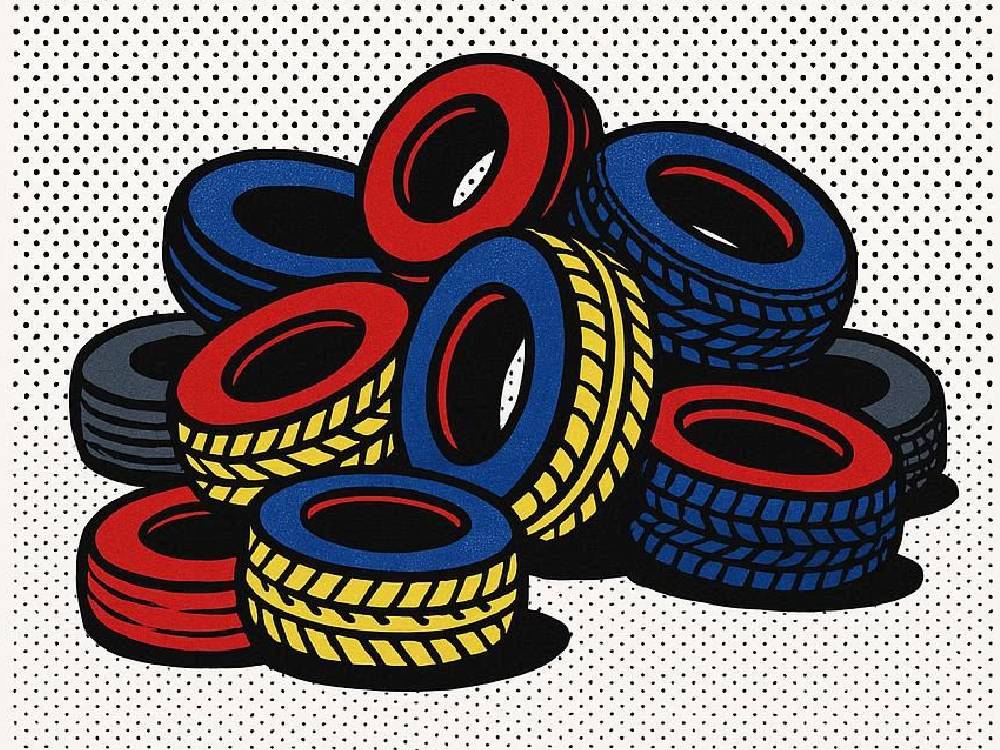Introduction
Winter Driving Anxiety…
Winter roads across the UK are triggering record levels of driver anxiety.
Motorists are staying home until the end of February despite rising travel demands.
There are growing concerns about the impact this behaviour has on confidence, risk, and ultimately, Car Insurance costs.
Especially for anyone still searching for Cheap Car Insurance or the Cheapest Car Insurance options available.
“The safest choice is always the right one.”
Understanding Why Winter Keeps Drivers Off The Roads
Drivers across England have told researchers they plan to stay off the roads until late February.
Because winter conditions feel unpredictable.
Visibility drops sharply.
Icy roads make even short trips stressful.
But here’s the twist…
Nine out of ten anxious motorists plan to skip festive gatherings entirely if the weather turns.
And 93% say they cancel plans the moment conditions look challenging.
Yet most people still underestimate how this behaviour influences their long-term Car Insurance profile.
Now here’s where it gets interesting…
People who avoid winter driving often experience more stress when they finally return to the road.
This additional stress increases risk.
And increased risk affects premiums — especially for anyone trying to secure Cheap Car Insurance through https://www.cheapcarinsurance.co.uk/.
Who Feels The Most Anxious — And Why It Matters For Car Insurance
Young people feel the biggest impact.
Three in five drivers aged 18 to 24 report winter driving anxiety.
That’s huge.
Meanwhile, only a quarter of drivers aged 65 and older say the same.
But here’s the thing…
Insurance providers evaluate risk by behaviour patterns, not age alone.
And anxious drivers often behave unpredictably in difficult conditions.
Therefore insurers consider this when calculating the Cheapest Car Insurance premiums.
If younger motorists struggle behind the wheel, their rates may reflect it.
To support young drivers further, here’s guidance designed for them:
https://www.cheapcarinsurance.co.uk/young-drivers-tips/
How Anxiety Affects Driving Decisions — And Your Insurance Costs
Anxiety changes everything about the way someone interacts with a vehicle.
It changes speed.
Changes reaction time.
It changes judgement.
But there’s more…
When anxious drivers avoid winter roads entirely, they lose valuable seasonal driving experience.
This lack of exposure can raise accident likelihood later.
And insurers track patterns like this when calculating risk.
That’s why reviewing your cover options matters more than ever:
https://www.cheapcarinsurance.co.uk/car-insurance-options/
Why Weather FOMO Leads To Bad Decisions
People want to join festive meetups.
They want to avoid disappointing friends.
And want to feel included.
But when bad weather strikes, anxiety grows fast.
This tension creates rushed, risky decisions.
Yet the truth is simple.
The safest choice is usually the wisest choice.
Because claims skyrocket when drivers push through winter conditions unprepared.
That affects premiums — especially for anyone hoping to secure Very Cheap Car Insurance.
For anyone comparing pricing, here’s a useful resource:
https://www.cheapcarinsurance.co.uk/very-cheap-car-insurance/
Practical Strategies To Reduce Anxiety And Stay Safe This Winter
A little preparation goes a long way.
Plan your route in advance.
Share the drive when possible.
Give yourself more time than usual.
But that’s not all…
If conditions worsen suddenly, stay home.
It’s not worth the risk — or the potential increase in claims.
Check tyres regularly.
And check the lights.
Check that winter essentials are in the boot.
Simple habits reduce accidents.
And reduced accidents help maintain low Car Insurance costs.
To cut expenses even further, explore:
https://www.cheapcarinsurance.co.uk/5-ways-to-save-money/
The Psychological Side Of Winter Driving Anxiety
Winter affects the mind before it affects the road.
Cold air tightens the body.
Grey skies dull concentration.
And sudden weather shifts spike stress levels faster than we expect.
But more importantly…
Anxiety behind the wheel often triggers overcorrection.
Drivers brake too sharply.
To hesitate when merging.
Drivers misjudge distances because their focus shifts inward.
Yet insurers see patterns like this reflected in claim histories.
That’s why anxious motorists sometimes struggle to find Cheap Car Insurance deals unless they actively work to improve confidence.
Here’s one group that often faces different pricing outcomes:
https://www.cheapcarinsurance.co.uk/cheap-car-insurance-women/
Does Avoiding Winter Driving Really Keep You Safe?
At first glance, avoiding winter roads seems sensible.
However, avoidance creates another problem entirely.
Because winter driving skills require practice.
And without practice, anxiety grows — not shrinks.
But here’s the real surprise…
Inexperienced winter drivers are statistically more likely to make mistakes later in the season.
Confidence comes from exposure.
Control comes from familiarity.
Risk falls when experience rises.
Therefore insurers favour drivers who build consistent, competent habits.
For those wanting additional support, technology now helps enforce safer driving patterns:
https://www.cheapcarinsurance.co.uk/telematics-car-insurance/
Finding Cheap Car Insurance Even If Winter Makes You Nervous
Even anxious drivers can access affordable, competitive premiums.
The key is understanding how behaviour influences risk.
Because insurers measure patterns — not personal feelings.
For example, planning ahead reduces risk.
Maintaining your car reduces risk.
Driving consistently reduces risk.
But here’s the part many people overlook…
Better decisions today can lower your Cheapest Car Insurance quotes next year.
And understanding your cover type is the first step.
This guide breaks down the essentials clearly:
https://www.cheapcarinsurance.co.uk/comprehensive-vs-third-party/
Conclusion
Stay Calm, Stay Prepared, and Save Money This Winter
Winter doesn’t need to dictate your confidence, your decisions, or your Car Insurance costs.
With preparation, you reduce risk dramatically.
With the right mindset, you stay in control.
And with smart planning, you protect your vehicle, your confidence, and your wallet.
But here’s the thing…
Insurance providers reward drivers who stay proactive — not reactive.
Therefore, the more consistently you drive with confidence, the more likely you are to unlock Cheap Insurance UK deals over time.
Understanding risk is empowerment.
Understanding behaviour is leverage.
And understanding your financial profile can help you secure better premiums moving forward.
To strengthen that final point, here’s where credit influences cost:
https://www.cheapcarinsurance.co.uk/your-credit-score/
Similar Blogs You May Find Useful
Is It More Expensive To Insure An Electric Car In The UK?
Classic Car Insurance – What Does It Cover?
How Do Insurance Companies Calculate Insurance?
Car Insurance — Why Fireworks Could Leave You Uninsured This Bonfire Night














